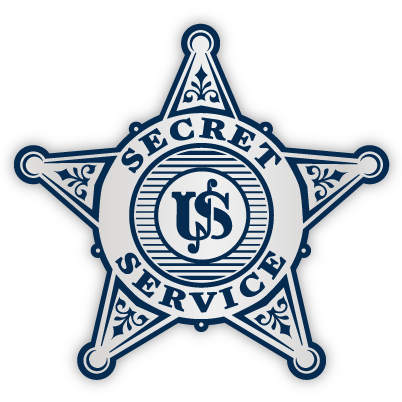Washington, D.C. - In August 1938, a routine Secret Service counterfeiting investigation led to the discovery of one of the largest mass murder enterprises ever conducted in the United States. Agent Stanley Phillips worked undercover to meet with Herman Petrillo, a food distributor and insurance man who had been passing counterfeit notes in the Philadelphia area. During negotiations to obtain a quantity of counterfeit notes, Petrillo offered to pay Agent Phillips $500 if he would murder a man whose wife would be the beneficiary of his life insurance policy.
The agent appeared to agree to participate and obtained critical information proving that Petrillo was a principal in an organized group of persons who were poisoning victims with arsenic. Before Agent Phillips could act on the plan, the potential victim was taken to the hospital seriously ill. He later died of arsenic poisoning.
Eventually 34 people (17 men and 17 women) were arrested and charged with 21 known deaths. Corrupt doctors and morticians were included among the conspirators. Petrillo admitted to providing poison for more than half of the life insurance killings. It was believed, however, that the group was responsible for more than 100 deaths in Pennsylvania, New Jersey, New York and Delaware. The most common way they murdered their victims was by concealing arsenic in the victims’ food and medicine. This produced a slow death and simulated heart disease or acute indigestion. Other victims were struck with a weapon, rendered incapacitated and thrown into the ocean or a river, leading to an apparent accidental drowning. In one instance, a victim had been run over by a car to simulate a hit and run accident.
Of those arrested, two were acquitted, one died during the trial and one died after conviction. The remaining 26 were sentenced to prison. Petrillo and three others were executed. The Assistant District Attorney and the Judge praised the efforts of the Secret Service for obtaining the critical evidence that resulted in the convictions.

